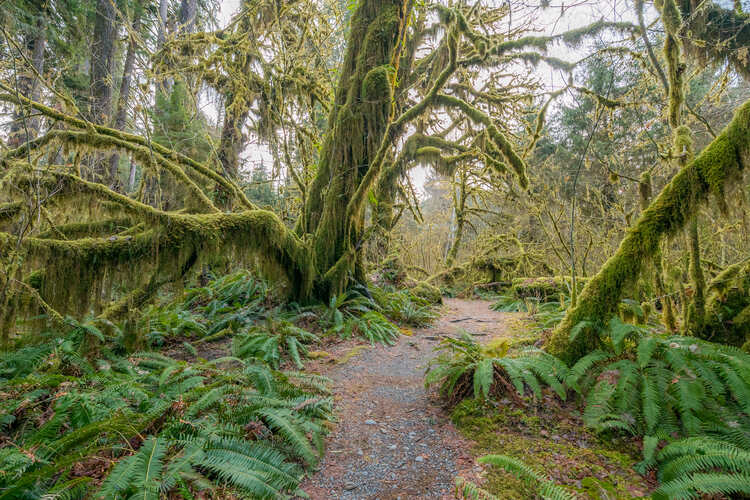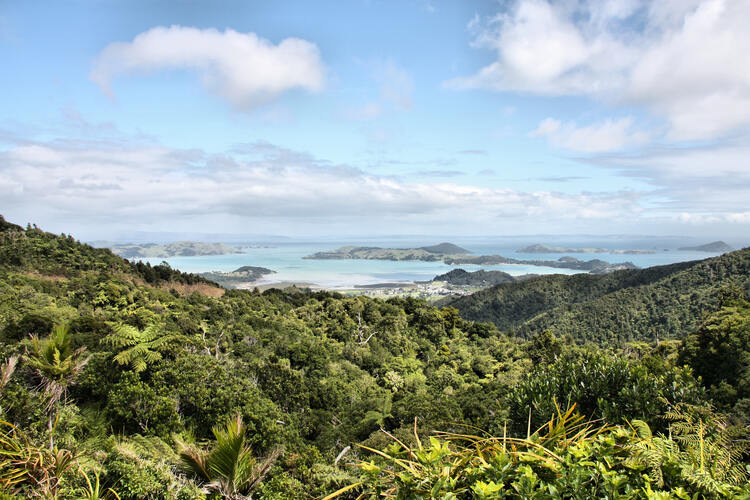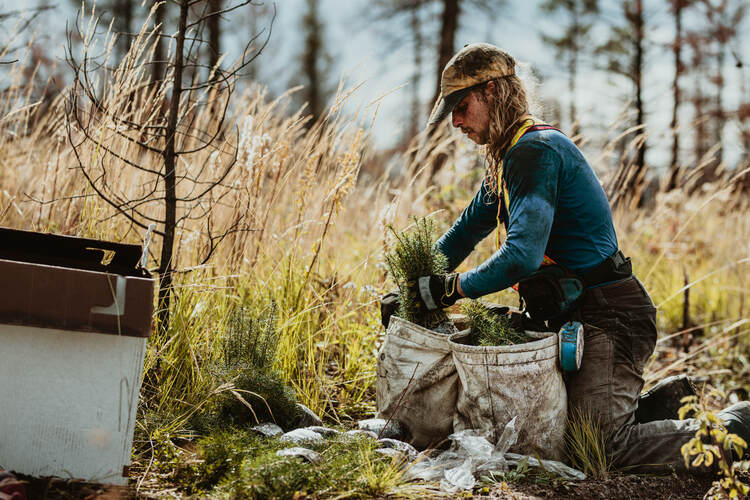
Covering around 10 million square km of the Earth, discover more about temperate rainforests and the importance of protecting them
By
Temperate rainforests – found in eastern North America, Europe and Asia – are over 65 million years old, and the world’s major source of timber and wood products. Despite their importance as a home for the largest and oldest organisms in the world, human activities have continued to change these forests – such as by entirely clearing them for agriculture or using forests for human settlements.
With over 99 per cent of the world’s temperate rainforests altered – either by harvesting, degradation via development or farming for agriculture, the question remains: what can be done to conserve these forests across the globe to protect their existence?
What are temperate rainforests?
Temperate rainforests can be categorised into two main types: evergreen and deciduous.
Evergreen forests – with the exception of boreal forests – grow in areas that have mild winters with little to no frost. On the other hand, deciduous forests can be found in the Northern Hemisphere, in areas which experience warm summers and colder winters with frost.

Related articles
There are two types of evergreen forests – broad-leaved forests and sclerophyllous forests. Sclerophyllous vegetation – which is adapted to suit long periods of dryness – has small, hard and thick leaves and can be found in Australia and Mediterranean regions, whilst broad-leaved vegetation grows in areas with high rainfall, such as in New Zealand, South America, eastern Australia and southern China.
Whether evergreen or deciduous, all temperate rainforests experience moderate climates, with fertile soil and good vegetation productivity. It is these qualities – as well as the fact that they are often located near large human populations – which makes temperate rainforests an exploitable resource for agriculture and settlements, and ultimately threatens their existence.
History
Temperate rainforests first began to form on Earth at the start of the Cenozoic Era, around 65.5 million years ago. As the Earth’s climate began to cool, temperate latitudes began to experience climates that were more cool, dry and seasonal.
Plants which were previously unable to grow in these areas began to dominate such climates, and various forest types were formed depending on whether conditions were dry or moist – forming deciduous or evergreen forests.
Eventually, temperate rainforests began to be cleared for human activities – with the worst forest loss occurring in Western Europe. The first recorded forest clearing in China was around 5000 years ago, when Chinese civilisation allegedly began around the Huang He (Yellow River).
In Europe, forest clearing began in what is now known as Turkey and Greece, with forests eventually being cleared for grazing and agricultural purposes in Britain, as well as larger trees removed for building ships. Other European temperate forests were used for fuelwood, pasture and charcoal, significantly depleting the amount of forest left.
Carbon sinks in temperate rainforests
In recent centuries, it is more important than ever to reduce carbon dioxide levels – which rise due to the use of fossil fuels – in order to prevent global warming. If carbon dioxide and other greenhouse gases remain in the atmosphere at high levels, they absorb heat which radiates from the Earth’s surface and release the heat back to the Earth, warming it.

When trees carry out photosynthesis, they take in carbon dioxide from the surroundings – a crucial step of the process which means that they then become ‘carbon sinks’ – storing this carbon and releasing oxygen into the atmosphere.
According to researchers who surveyed soils in British Columbia in Canada, and Alaska, rainfall is the most important factor in controlling how much carbon can be stored in coastal temperate rainforests.
But this could spell bad news for temperate rainforests if global temperatures continue to rise. High temperatures have been found to decompose soil organic carbon – meaning that if the Earth’s temperature increases and global warming isn’t under control, some carbon could return to the atmosphere again.
“Some temperate forests already appear to be showing chronic effects of warming temperatures, such as slow increases in tree deaths,” said ecologist with the US. Geological Survey, Nathan Stephenson.
And if temperatures increase, temperate forests may also be more suspectible to insect and disease outbreaks, as well as forest fires which can wreak havoc on local communities, natural resources and property.
Protection for the future

Today, factors such as population growth and industrialisation have resulted in the continual clearing of temperate rainforests, potentially spelling bad news for their future survival and the wildlife which inhabits it – such as lichen, fungi and species of bird including the pied flycatcher. In Britain, only fragmented pockets of temperate rainforests exist, including in areas of the Dartmoor National Park.
To protect temperate rainforests from future alteration, organisations such as Project Drawdown are making efforts to restore 150 million hectares of temperate rainforests on degraded land – the equivalent land area of over 370 million football pitches.
Elsewhere, the Lost Rainforests of Britain campaign has also been set up to increase awareness of the loss of temperate rainforests in Britain among the public, and urges the UK Government to implement a ‘Great British Rainforests Strategy’ to commit to restoring and protecting existing temperate rainforests in the country.




